‘The mountains are Vishnu’s bones, clouds are the hairs on his head, the air is his breathing, rivers are his veins, trees are the hairs of his body, the sun and the moon are his two eyes and the passage of day and night is the moving of his eyelids.’
– Rig Veda
From the time when I boarded an aircraft over a decade ago, have been fascinated by the sights that one comes across from the tiny glass pane up in the sky. It is nothing less than magical to see giant bridges turn into tiny dots, long railways transform into an micro-toy trains and looming sky scrapers mere indentures on the landscape. Even after scores of trips over the Indian map and other ones, I still take the window seat and keep peeping out, as if there is something else that might just come up. Or it could be someone as well, like say, God. After all doesn’t he (she or even it) lives in the heavens. I have been keeping a watch out for him as well, because looking beneath at the wonderful creation that more or less fits on my palm, my belief in his existence is reaffirmed.
To-date, my most memorable journey was the one I took from Mumbai to Newark, non-stop. The American Airlines plane, to cut the route short, flies over Asia and Europe to the North Pole and then descends over the American hemisphere via Canada. I spent hours peering out in the darkness of the North Pole, could somehow feel the chill of the immense block of ice and the moon kept me company in the vigil. The fact that almost a century and more back there were so many valiant explorers who were racing to the find the North Pole to plant a flag. So many perished in the endeavour and so many just disappeared. And here I was their descendant, flying over the Pole in the comfort of a cosy cabin munching on cashews and sipping wine.
Here is one such journey I made, albeit much shorter and in daylight: from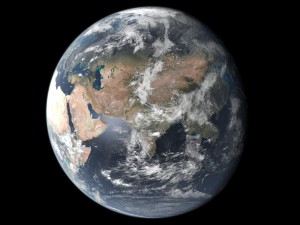 Mumbai to Delhi, on Indigo Flt 6E382. As I was looking out of the window as usual, random thoughts kept popping into my mind (as usual again), with a small difference though, this time I had a pen and paper on which I could jot down whatever came to my mind. This post is a chronicle of the same mind that was travelling at 100s of Kms per hour. Here it goes:
Mumbai to Delhi, on Indigo Flt 6E382. As I was looking out of the window as usual, random thoughts kept popping into my mind (as usual again), with a small difference though, this time I had a pen and paper on which I could jot down whatever came to my mind. This post is a chronicle of the same mind that was travelling at 100s of Kms per hour. Here it goes:
- The captain makes an announcement; “Welcome onboard, we are flying at 37000 feet . The place is near Ahmadabad. It almost seems like am flying over the Indian map. Continue reading

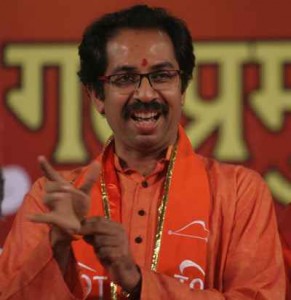
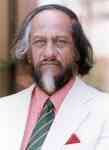 has to ensure that the society succeeds as well. And hence, for that to happen companies need to start looking at some of these initiatives as part of their overall operating strategy, not something that you do external to the enterprise. Hence, it is essential to integrate the two.
has to ensure that the society succeeds as well. And hence, for that to happen companies need to start looking at some of these initiatives as part of their overall operating strategy, not something that you do external to the enterprise. Hence, it is essential to integrate the two. heart beat. Going by my own gait and girth, I for once would have been a more likely candidate for such an event in comparison to Ranjan. But then Ranjan is not the exception when it comes to a life snuffed out in the prime, in my own personal sphere I have come across numerous instances like Dewang & Sunil Mehta from Nasscom, Vivek Dayal from Mphasis, etc.
heart beat. Going by my own gait and girth, I for once would have been a more likely candidate for such an event in comparison to Ranjan. But then Ranjan is not the exception when it comes to a life snuffed out in the prime, in my own personal sphere I have come across numerous instances like Dewang & Sunil Mehta from Nasscom, Vivek Dayal from Mphasis, etc. 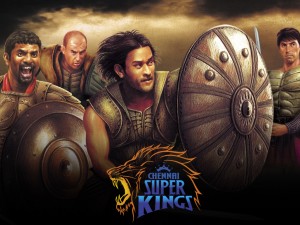
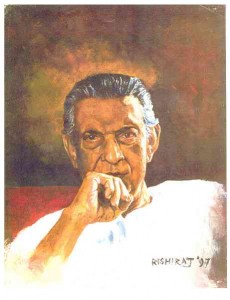 er’s repertoire, starting with Pather Panchali and if possible going on till Agantuk. Probably all his contemporaries and admirers like Renoir, Bergman, Bunuel, Fellini, Kurosawa must have arrived from their respective heavens, revisiting his masterpieces, discussing, dissecting and deliberating on them. Meanwhile, the birthday boy himself, would be sitting in a corner, away from the glare, dressed up in white dhoti-kurta and a shawl draped over his torso. Sitting cross-legged, a pipe hanging from his mouth sending out small small tufts of tobacco clouds quite like the steam engine in Pather Panchali that amused Apu and Durga. Satyajit Ray or Manikda as he was known within the film fraternity, must be observing all and sundry with intent full eyes, and probably thinking of what more embellishments could have been made to these movies or how many more he could have made, only if he had seen Bicycle Thieves a little earlier or the finances had flown in evenly through the years. Or just probably, he might be seeing those movies now not as a maker but as a viewer and enjoying them as thoroughly as we all do.
er’s repertoire, starting with Pather Panchali and if possible going on till Agantuk. Probably all his contemporaries and admirers like Renoir, Bergman, Bunuel, Fellini, Kurosawa must have arrived from their respective heavens, revisiting his masterpieces, discussing, dissecting and deliberating on them. Meanwhile, the birthday boy himself, would be sitting in a corner, away from the glare, dressed up in white dhoti-kurta and a shawl draped over his torso. Sitting cross-legged, a pipe hanging from his mouth sending out small small tufts of tobacco clouds quite like the steam engine in Pather Panchali that amused Apu and Durga. Satyajit Ray or Manikda as he was known within the film fraternity, must be observing all and sundry with intent full eyes, and probably thinking of what more embellishments could have been made to these movies or how many more he could have made, only if he had seen Bicycle Thieves a little earlier or the finances had flown in evenly through the years. Or just probably, he might be seeing those movies now not as a maker but as a viewer and enjoying them as thoroughly as we all do.